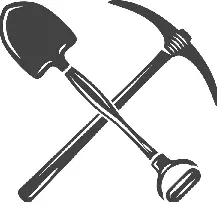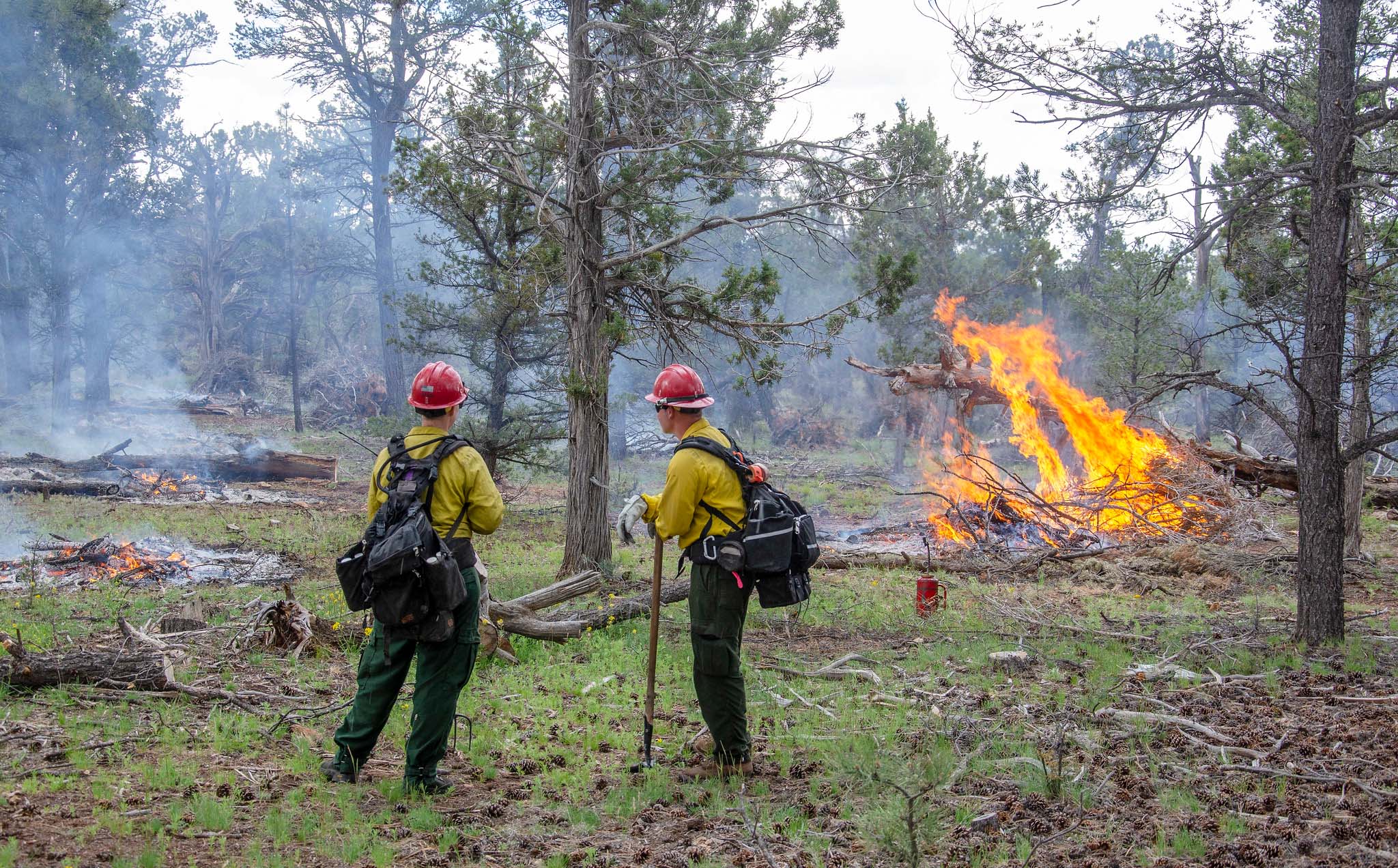I joined McKay’s popular Indigenous forest stewardship class expecting to master the use of prescribed burns to defend the forest.
Pepperwood has provided a model of how combining science with local Indigenous research, knowledge and practices can restore forest health and resiliency while mitigating the growing frequency and severity of fires.
While growing up, every trip to the forest offered McKay a lesson in where each plant loved to live, what it needed to thrive and how humans could read them to know if the land was out of balance.
He is the principal investigator of the UC-Berkeley Blodgett Forest Research Station, which led a two-decade study evaluating various forest treatments.
Hanson, who holds a doctorate in forest ecology from University of California, Davis, and his wife, Rachel Fazio, an attorney and co-lead of the John Muir Project, have filed dozens of suits against the U.S. Forest Service to block various plans to remove trees deemed a fire hazard.
Since 2017, Eisenberg, who also directs the university’s Traditional Knowledge Lab, has been working with the U.S. Forest Service and the Bureau of Land Management to help public agencies strengthen partnerships with tribal nations on forest restoration projects.
As people gather their tools and begin to leave, I linger, asking for this oak’s continued guidance on how to pay closer attention to its needs and the well-being of the entire forest community.


